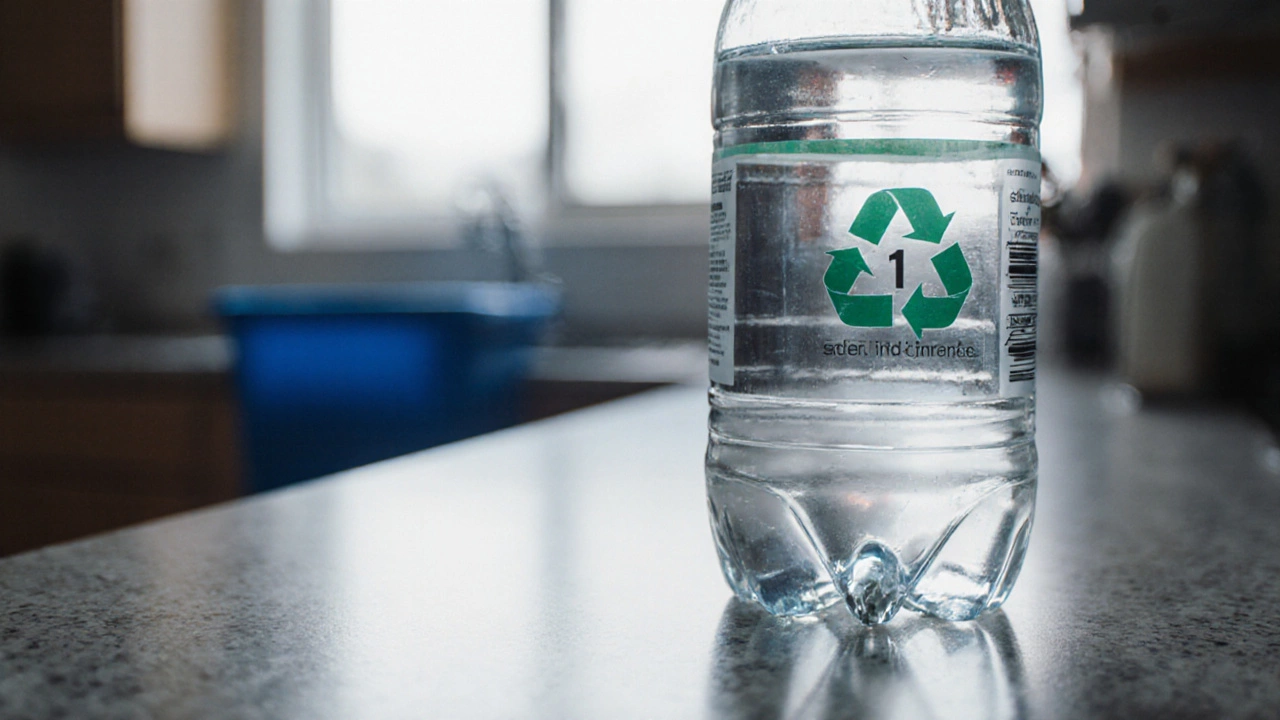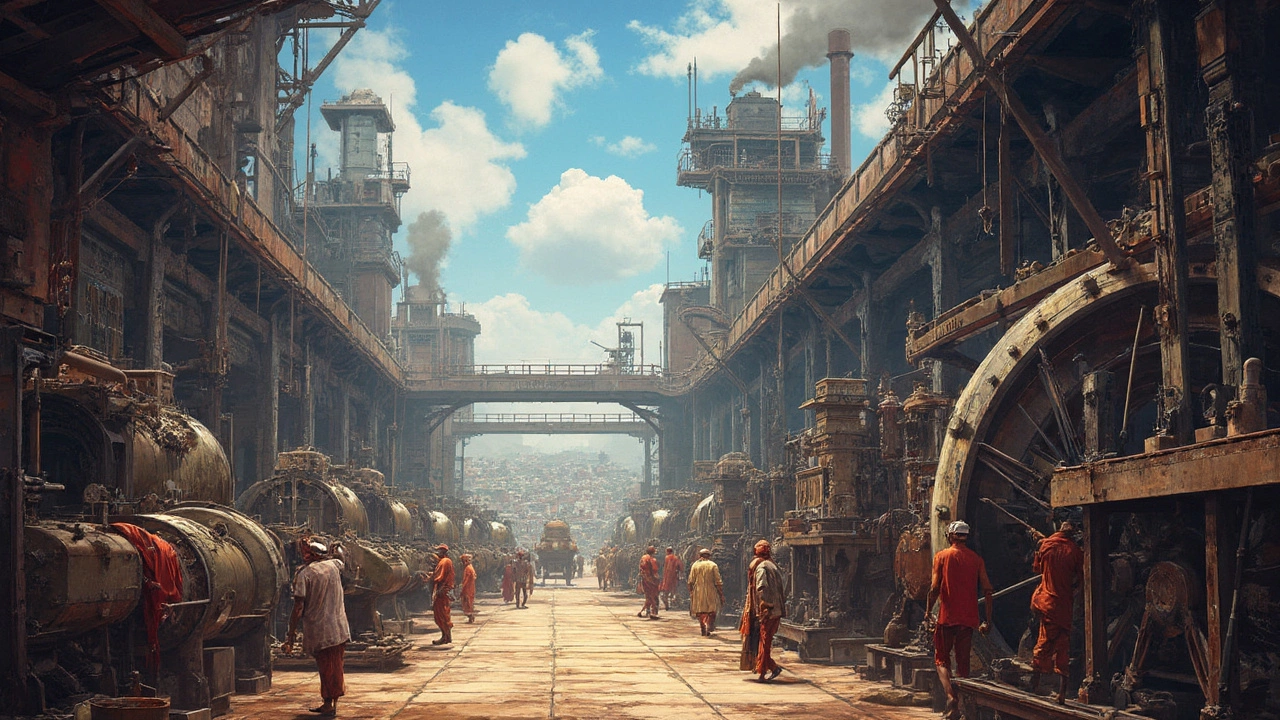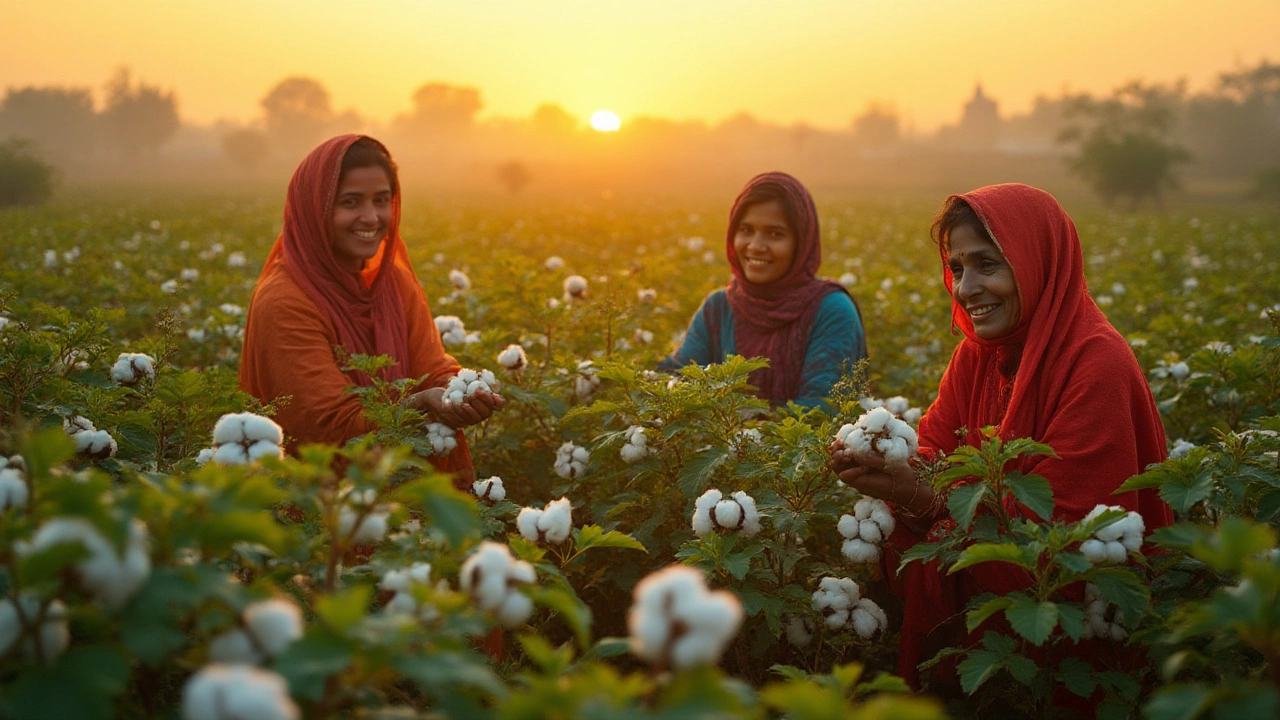PET – The Plastic That Packs Our World
When talking about modern packaging, PET, polyethylene terephthalate, a clear, lightweight polymer used for bottles, food trays, and textile fibers. Also known as polyethylene terephthalate, PET is a workhorse of the plastic industry because it balances strength, clarity, and cost.
One of the biggest side‑effects of PET’s popularity is the surge in recycled PET (rPET), post‑consumer PET that’s collected, cleaned, and turned into new bottles or fibers. The relationship is simple: PET encourages recycling, and rPET cuts down raw‑material demand, which in turn eases pressure on landfills. Another related player is the broader plastic industry, the global network of manufacturers, processors, and recyclers that produces and manages plastic materials. The industry’s push for higher PET output fuels packaging innovation, while sustainability mandates drive the shift toward rPET and bio‑based alternatives.
Why PET Matters Today
First, PET’s barrier properties keep carbonated drinks fizzy and food fresh, which means less spoilage and lower transportation emissions. Second, its melt‑processability lets manufacturers create thin, strong films for lightweight packaging, directly reducing the weight of shipped goods. Third, PET’s recyclability is built into its chemistry: it can be melted and re‑extruded many times without losing clarity, making it a prime candidate for a circular economy.
But the story isn’t just about the material itself. The demand for PET is shaped by three forces: consumer convenience, regulatory pressure, and technological advances. Consumers love single‑serve bottles, regulators are tightening single‑use plastic bans while rewarding recycled content, and new sorting technologies are boosting recycling rates. When you connect the dots, PET becomes a pivot point where market demand, environmental policy, and manufacturing tech intersect.
Looking ahead, the rise of rPET is expected to dominate the next wave of plastic demand. Companies are already blending up to 30 % rPET into new packaging to meet eco‑label standards, and some innovators are experimenting with 100 % recycled content. This shift is not just a trend; it’s a response to the growing awareness that raw‑material extraction and waste management must coexist.
Below you’ll find a curated set of articles that dig deeper into PET’s role in the market, the challenges of recycling, and how it fits into India’s broader push for sustainable manufacturing and agriculture. From the hardest‑to‑grow plants to the most in‑demand plastics of 2025, the collection gives you a practical look at how PET and its relatives are shaping today’s economy.
Understanding Plastic Recycling Number 1: PET Explained
Learn what the number1 under plastic bottles means, why it denotes PET, how PET is recycled, its benefits, and how to handle it responsibly.
- manufacturing
- India
- food processing
- garden tips
- rice cultivation
- government schemes
- balcony garden
- urban gardening
- balcony gardening
- profitable business
- business ideas
- plastic manufacturing
- drip irrigation
- plant care
- steel manufacturing
- sustainable gardening
- startup ideas
- steel industry
- flower gardening
- textile manufacturers






